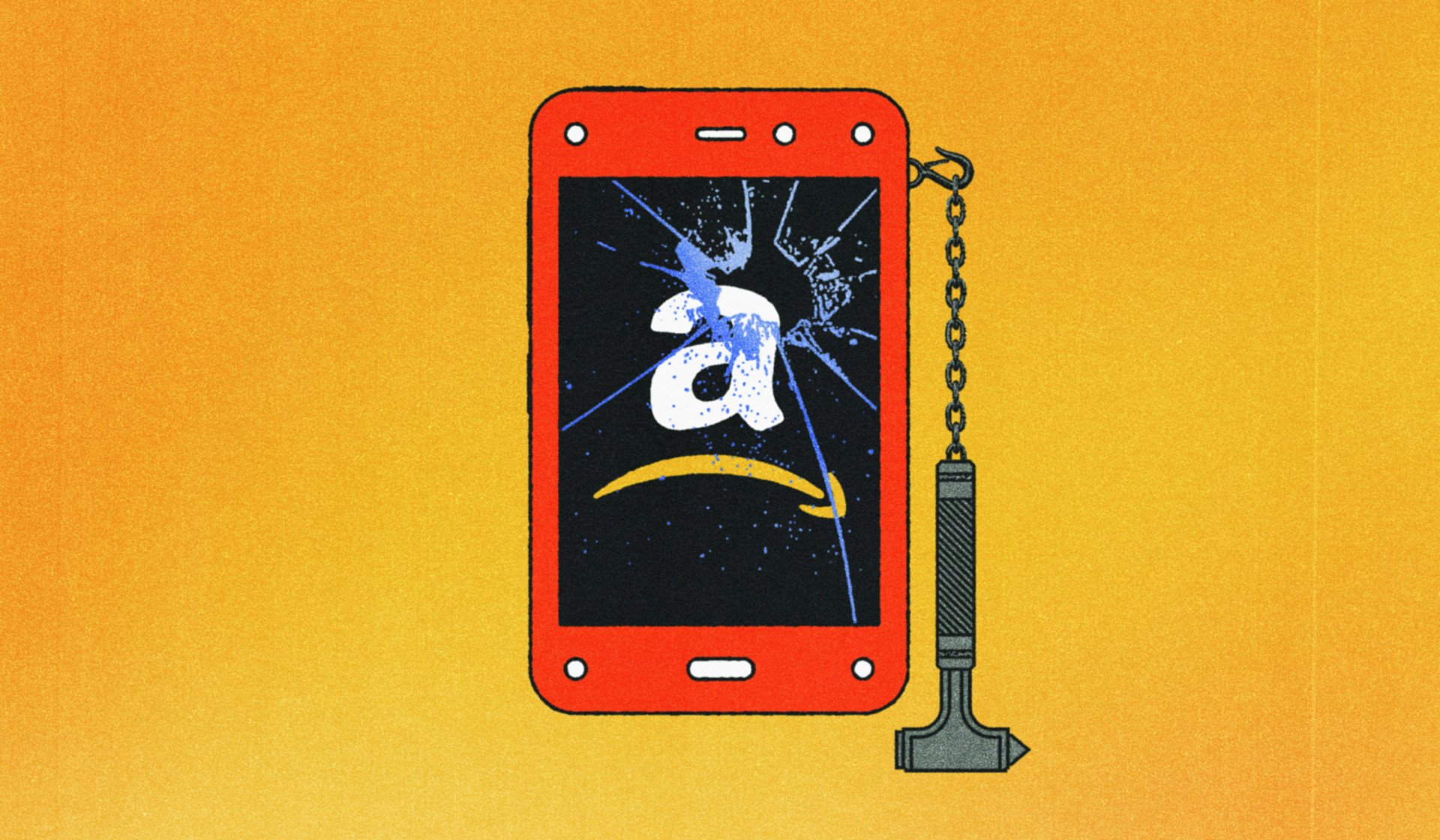Looking for a fresh perspective to inspire your approach to learning? Sometimes that means taking a look at the successes and failures of other industries and applying the lessons to L&D.
The Amazon Fire Phone (if you blinked, you might’ve missed it!) hit the markets in 2014. Amazon intended it to become the next big smartphone, rivaling giants like Apple and Samsung. Instead of experiencing its usual spectacular success, the company experienced a high-profile and unequivocal failure.
But there’s a lesson in everything, and there’s a lot to learn from Amazon’s smartphone failure; especially around the importance of developing a robust understanding of your user audience.
So, why did the Amazon Fire Phone fail and why should L&D leaders care? Here’s what you should know.
The Amazon Fire Phone fail
We all know Amazon. As the world’s largest online retailer, most of us interact with the company in one way or another. Perhaps you use Amazon Prime to get packages delivered to your doorstep at lightning speed, or maybe you’ve turned your house into a smart home with an Amazon Echo. But there’s one Amazon product you’re not using and likely never will: an Amazon Fire Phone.
The Amazon Fire Phone debuted in July 2014. It was Amazon’s attempt to penetrate the smartphone market and position the company as cool and innovative instead of just cheap and convenient. There was plenty of fanfare leading up to its release—after all, Amazon’s Kindle and Echo products were hugely popular with consumers. Why would the Fire Phone be any different?

The Fire Phone flopped, and fast. Nobody wanted it. Its hefty price tag put off many Amazon customers, its 3D features were flashy but largely useless, and its Fire OS operating system was incompatible with some of the most popular apps out there, like Google Maps. Two months after its release and less than 35K units sold, Amazon dropped the price of the phone from a base price of $650 dollars to just 99 cents with a two-year contract. Amazon reportedly took a $170 million loss on the device and had $83 million left in inventory.
What went wrong? Amazon built the Fire Phone off of assumptions about its customers. They made assumptions about what customers cared about, how much they were willing to pay, and even the apps they’d want on their phone, and all of those assumptions proved incorrect.
Amazon’s three fatal assumptions
Learning design is, in many ways, the same as product design. And similar to product design, there’s danger in making assumptions during this process—something Amazon experienced firsthand. Let’s take a closer look at three assumptions Amazon made during the design process that ultimately made the phone unsuccessful.
Dynamic perspective
One of the Fire Phone’s flagship features was dynamic perspective. Amazon’s team invested an inordinate amount of time and resources designing a 3D display for the phone, including five front-facing cameras and eye-tracking technology. Sure, it was a cool feature—but it wasn’t one customers asked for and it wasn’t enough to lure them away from their Apple or Samsung phones.
Firefly
The Fire Phone was the first smartphone to offer barcode scanning technology. They coined it Firefly, and it allowed customers to use their phone’s camera to scan barcodes on products in stores and then buy it on Amazon.
There are some key flaws at play here. First, Amazon assumed customers would rather purchase products on Amazon than simply buy them in the store they’re already at. Second, they overlooked consumer trends that customers preferred to do online shopping from desktop computers rather than phones. The value that Firefly offered didn’t resonate with consumers.
Fire OS
Instead of using an existing operating system, Amazon opted to create its own by using a forked version of Android. That meant Fire Phone users couldn’t access some of the most popular Google and Android apps.
Amazon assumed that developers would jump at the chance to develop apps for Fire Phone—instead, it was an empty dance floor. Developers stayed loyal to the major operating systems already out there, because that’s where the money is. There was no incentive for developers to build for the Fire Phone and as a result, no incentive for consumers to buy it.
You know what they say about assumptions…
Here comes the throughline: without empathy for our intended audience, we are at grave risk of failure. Amazon failed to conduct thorough research to understand its customers’ wants and needs, causing the Fire Phone to fall spectacularly short. They attempted to make customers conform to their ideas and assumptions instead of delivering the product customers really wanted.
As learning professionals, are we making similar assumptions about our learner audience? How can we build empathy for learners and eliminate the assumptions we hold about their wants and needs? Learner research allows us to better understand our audience’s attitudes and behaviors and focus more on the problem before jumping into the solution. That way, we can build better learning solutions that deliver stronger results.
Are you selecting the right elements for your learning experiences?
The learning ecology matrix helps you design better learning.
See the matrix→